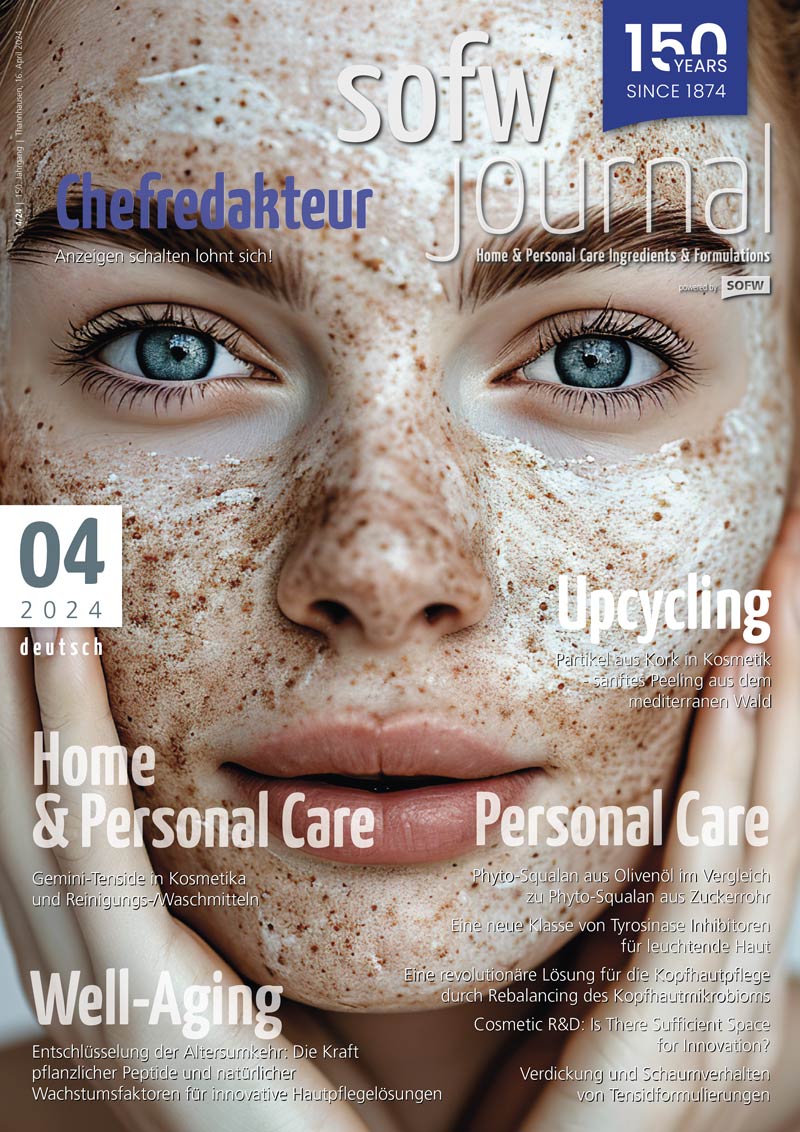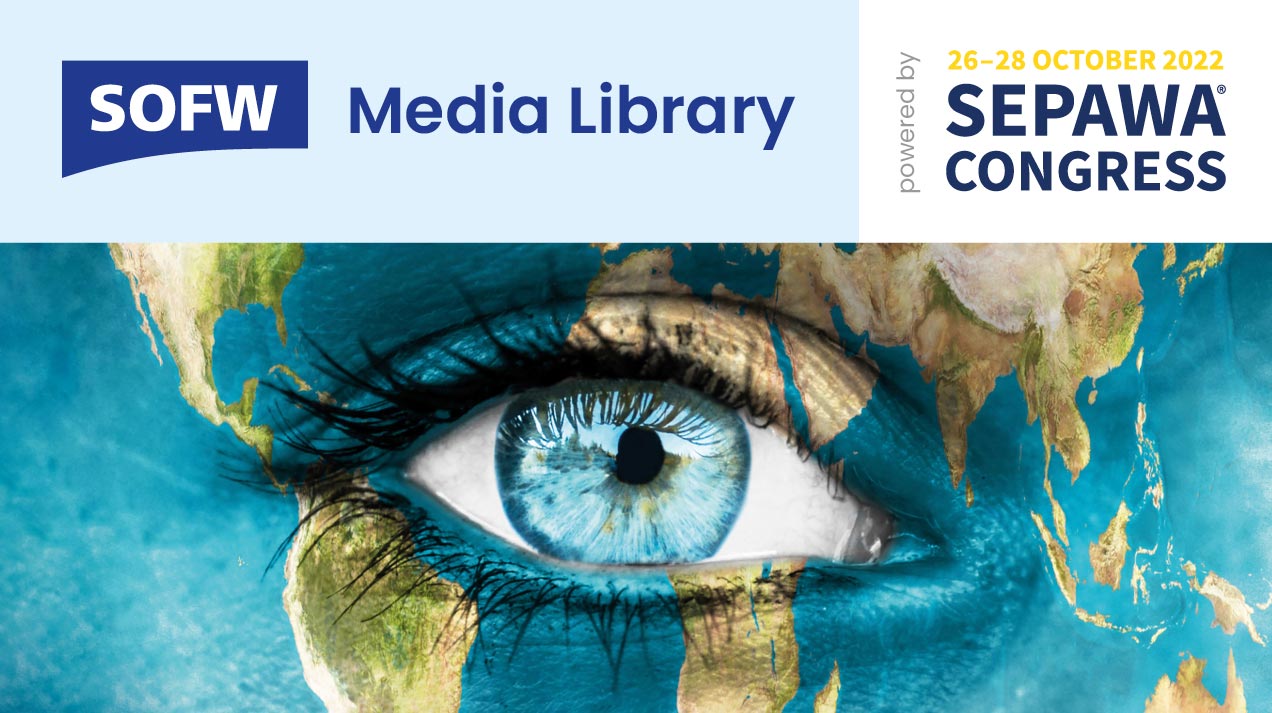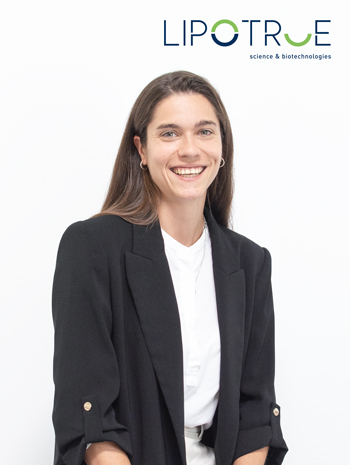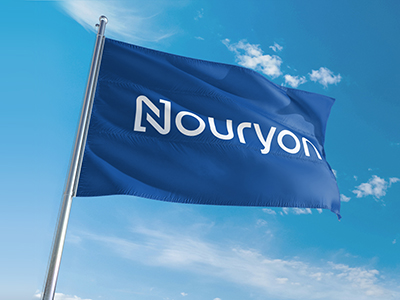SEPAWA® CONGRESS 2022
Speaker: Dr. Jessica Gödeker
Company: BYK-Chemie GmbH
Title: Mimicking Our Bodies: Usage of Innovatively Modified Smectite Clays to Fight Germs With Hypochlorous Acid
Abstract: Hypochlorous acid (HClO) is produced by the white blood cells of all vertebrate animals as part of a mechanism that evolved 500 million years ago to fight against intruding pathogens. This makes the weak acid a nature-like option for disinfection. HOCl is regarded as a very safe material because it readily decomposes to produce NaCl and oxygen. Its very high efficiency as anti-microbial agent is used in multiple cleaning applications as well as in wound and topical care. Nevertheless water-thin solutions of hypochlorous acid have the disadvantage that they quickly flow away and restrict the potential. Hydrogels overcome this drawback and allow for improved and a more sustainable usage. Hypochlorous acid hydrogels release the active chlorine at a much slower rate, bind the water which provides protection against drying and increases the contact time on the surface. The high reactivity makes it challenging to find a rheology modifier to form these hydrogels. Hypochlorous acid must be stabilized at a pH range of 5 to 7 to maintain chemical stability. It is degraded by organic chemicals and by transition metal ions. Synthetic smectite clays are highly suitable for producing these hydrogels. They stabilize the hypochlorous acid within the required pH range and are free from components that affect the HClO activity. These synthetic layered phyllosilicates are unique additives manufactured from naturally occurring inorganic mineral sources. Their crystals become arranged into stacks but when dispersed in water they separate in disc-shaped forms. Due to electrostatic forces, the crystals build then a 3D network (“house -of -cards” structure), that is responsible for the rheological effect. Certain innovations in modification of this synthetic phyllosilicate clays allow them to even tolerate high amounts of electrolytes. Quantitative suspension tests with different standard bacteria and virus types showed no negative impact on the biocidal activity.












